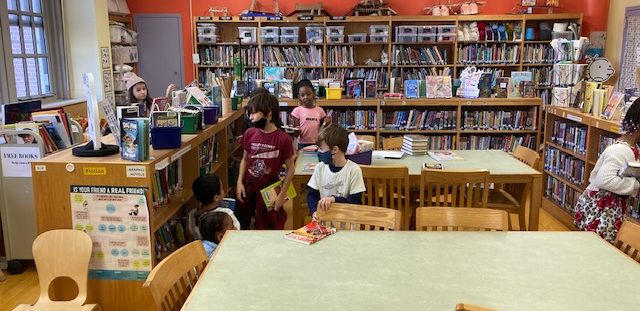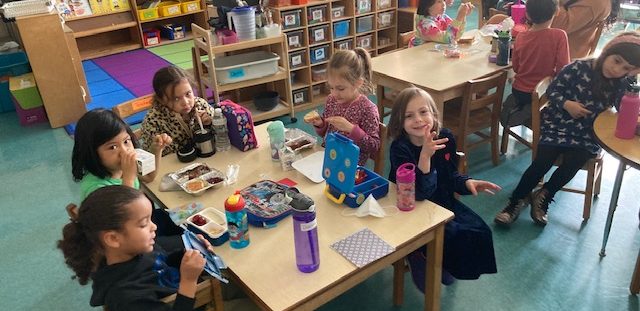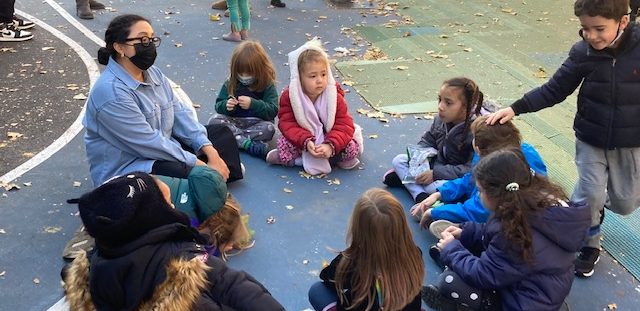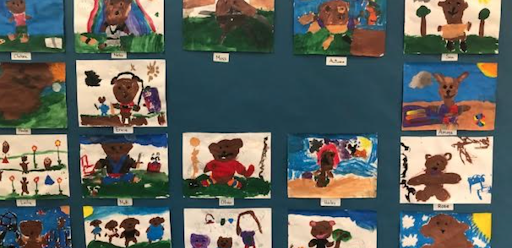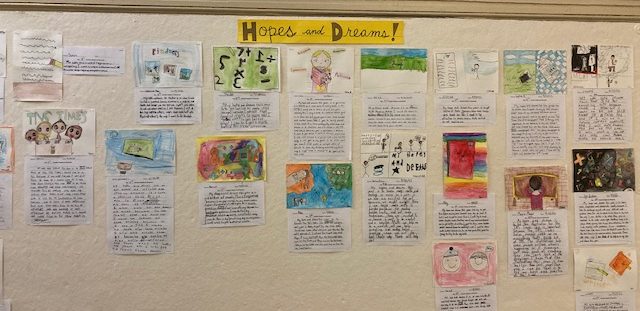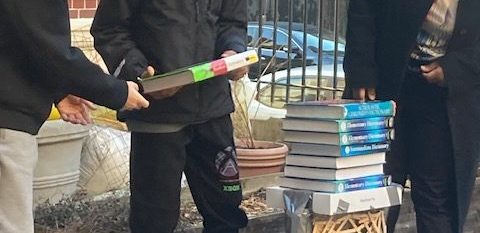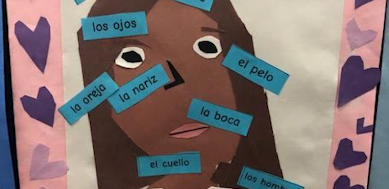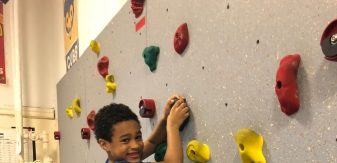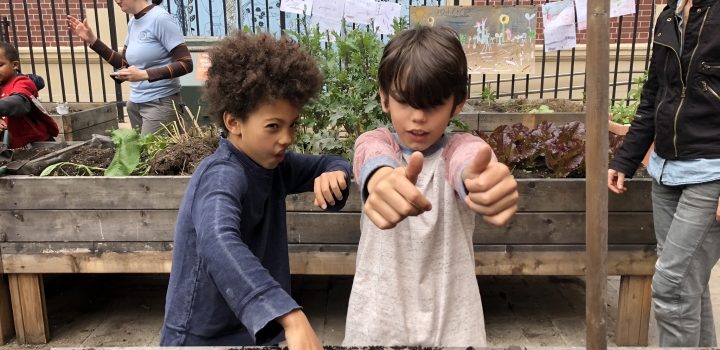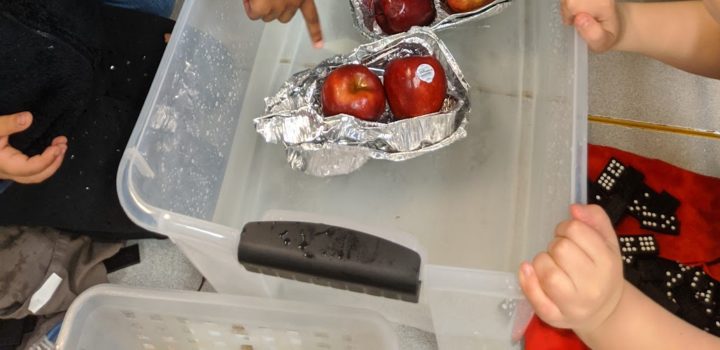The Neighborhood School was founded in September 1991. It was designed to meet an expressed need for a progressive approach to educating the children of our community. Family involvement is vital, and we encourage our families to contribute to the school in many ways and share their opinions about school decisions.
We believe children learn by making sense of their world and experiences. We have seen that they learn best through first-hand experiences with people, materials, and places. This is why trips are an important part of the curriculum, along with the use of concrete materials, dramatizations, and simulations as ways for children to recreate the themes and concepts they are studying.
Children explore and make hypotheses and discoveries of their own. Teachers provide a program rich in relevant, meaningful, and functional experiences. In-depth studies of themes integrate language arts, thinking, science, social studies, mathematics, physical education, and the arts. Classroom work is conducted collaboratively so that children learn to work with others cooperatively in social groupings.
Our school has 12 classes spanning pre-kindergarten to 5th grade. Our classes are grouped in multi-age configurations, allowing each child to develop academic and leadership skills. This also allows the children and teachers to know each other and work together over a longer period of time. We have physical education, science, and Spanish instruction for all children. Arts collaborations include the PTA-supported Studio in a School, the Partners@3rd program of the Third Street Music School, and dance with the New York City Ballet Company.
We help children to develop good habits of mind and to think creatively and analytically. We want our students to develop fully as individuals and cooperative, responsible group members.
The Neighborhood School is a Community School District 1 School of Choice. We are located at 121 East Third Street and share the building with the Star Academy (P.S. 63).
Our History
The Neighborhood School doors were opened in 1991. A group of teachers, supported by parents and CSD1 had a strong and exciting vision of how school could be. There were originally four classes from pre-k to 1st grade.
The name, Neighborhood School, is significant. Studies of the family, neighborhood, and city form a core around which our curriculum is built. Children’s learning is about exploring the world and finding their place in it. We provide the opportunities for children to explore the social world, asking and finding their answers to questions about how people live, why people live together in communities, what services neighborhoods provide, how New York City came to be the way it is, and how they can work with others and contribute to a better world and community.
We look at education as more than transmitting basic skills. Helping children build good “habits of mind” such as self-motivation, love of learning, imagination, responsibility, self-expression, satisfaction in work well done, and creativity goes hand in hand with acquiring skills. Helping children develop social skills goes hand in hand with developing academic skills to build children who can truly “do their best” and be their best.
We are truly a “Neighborhood School” in other ways as well. We were able to begin the school because of strong parent and educator interest in supporting the community. We wanted our children of District 1 to learn and live together with other children from various families and backgrounds. We were interested in having choices within the district, enlarging the range of educational options available here in our neighborhood.
Sometimes people think this kind of education is “experimental” or “brand new.” However, as early as the late 1800s, educators and families in New York City public and private schools were working on schools that would give children the experiences and opportunities to become good citizens of a democratic society, allow them to build understanding and learning that connects their experience to the outside world and enable them to keep and enjoy a love of learning and working. Many of these schools are still functioning and highly successful today.
What Caroline Pratt said so well in 1948 is still our underlying belief today:
I had dreamed of a child world in which railroads and city streets, farms and factories, the stuff of which the real world is made could be brought down to children’s scale so that they might grasp it. I had envisioned a community of children who could in their own way, through the child activity, which we misguidedly call play, reproduce this world and its functioning. Such a community of little individuals, equals in size and strength and understanding as adults are equals in their own adult communities would learn not only physical truths about the world, but social truths as well, the all-important truths of people with many individual differences who must live and work with each other.

